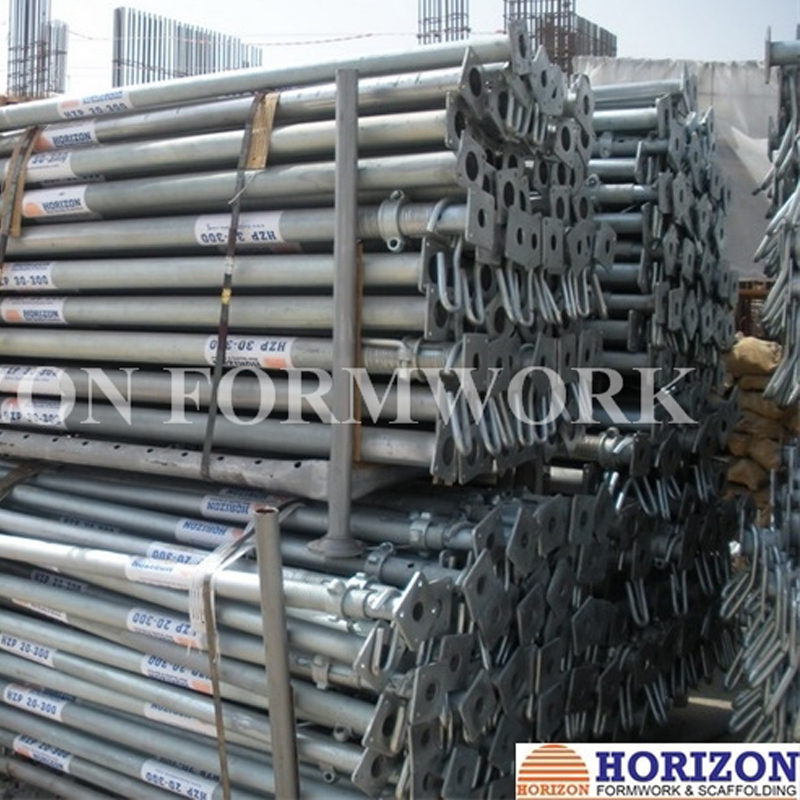Dez . 24, 2024 23:57 Back to list
Innovative Slip and Jump Formwork Solutions for Efficient Construction Processes
The Evolution and Benefits of Slip and Jump Formwork in Modern Construction
In the ever-evolving field of construction, the efficiency and effectiveness of formwork systems play a critical role in project timelines and overall success. Among the various types of formwork, slip and jump formwork have gained prominence for their innovative approaches to building high-rise structures, bridges, and other large-scale projects. These systems not only streamline the construction process but also enhance safety and quality.
Understanding Slip and Jump Formwork
Slip formwork is a continuous casting method that allows concrete to be poured into a vertically moving form. This technique is particularly useful for constructing tall structures, such as silos, chimneys, and towers. As the formwork slips upward, workers can continuously pour concrete, creating a seamless structure without the need for horizontal joints. The primary advantage is the speed of construction; when combined with a well-planned workflow, a structure can rise quickly and efficiently.
Jump formwork, on the other hand, is used for structures that require a distinct cycle of pouring and curing. With jump formwork, the form is fixed in place for a certain period, allowing the poured concrete to set before the form is raised to the next level. This method is ideal for high-rise buildings and complicated structures where staging is necessary.
Both types of formwork utilize hydraulic or mechanical systems to elevate the forms. This high degree of automation not only reduces labor costs but also minimizes the risk of workplace accidents associated with manual lifting and positioning of traditional formwork systems.
Advantages of Slip and Jump Formwork
1. Speed of Construction One of the most significant benefits of slip and jump formwork is the reduced construction time. Slip formwork can enable continuous pour operations, allowing for rapid vertical construction that can save weeks or even months on a project timeline. Jump formwork, while slightly slower, still allows for successive levels to be formed quickly after the initial level has cured.
slip and jump formwork factory

2. Improved Quality The continuous nature of slip formwork reduces the number of joints and seams in the concrete, which can improve structural integrity and durability. The uniform pressure applied during the pouring process also leads to a more consistent and higher-quality finish.
3. Enhanced Safety By reducing the need for workers to be on scaffolding or among formwork components at high elevations, both slip and jump formwork systems lower the risk of accidents. The automation in lifting and moving forms also contributes to a safer work environment.
4. Cost Efficiency Although initial investments in slip and jump formwork equipment can be significant, the long-term savings in labor costs, reduced material waste, and quicker project completion can make these systems economically viable. Furthermore, the ability to reuse formwork panels for multiple cycles minimizes costs associated with traditional formwork systems.
5. Versatility These formwork systems can be adapted to a wide range of construction projects, from residential high-rises to large infrastructure works. This versatility makes them a preferred choice for modern construction firms looking to utilize innovative techniques.
Conclusion
As the construction industry continues to evolve, adopting advanced techniques like slip and jump formwork represents a significant step toward more efficient and safer building practices. These systems not only expedite the construction process but also contribute to higher quality structures that stand the test of time. With the ongoing demands for urban expansion and infrastructure improvement worldwide, the role of slip and jump formwork in shaping our cities and landscapes is more critical than ever.
Investing in the development and implementation of these technologies will benefit not only contractors and construction firms but also the communities they serve, paving the way for smarter, safer, and more efficient construction practices in the future.
-
Adjustable Heavy Duty Props for Slab Formwork - Strong & Safe Support
NewsAug.22,2025
-
Formwork Spring Clamp Factories: Quality & Bulk Supply
NewsAug.21,2025
-
Premium Ringlock Scaffolding | China Manufacturer & Supplier
NewsAug.19,2025
-
Efficient Table Formwork for Fast Slab Construction & Reusability
NewsAug.18,2025
-
Timber Beam H20 Formwork & Shuttering - Durable & Reliable
NewsAug.17,2025
-
Timber Beam H20: Premium Formwork & Shuttering Solutions
NewsAug.16,2025